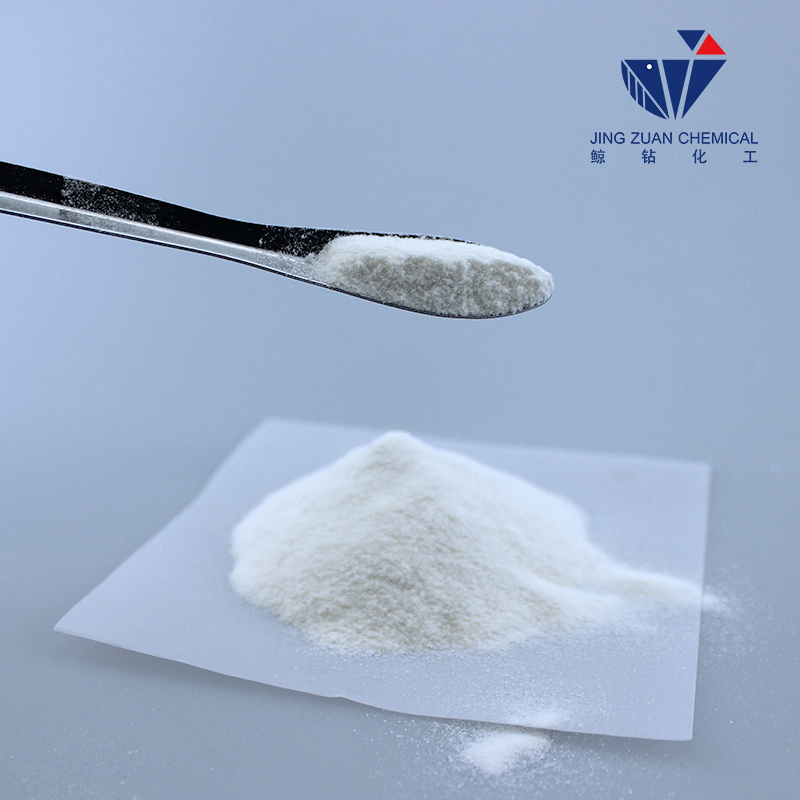
Δεκ . 29, 2024 10:08 Back to list
hpmc viscosity grades
Understanding HPMC Viscosity Grades A Comprehensive Guide
Hydroxypropyl methylcellulose (HPMC) is a versatile polymer that finds extensive application in various industries, such as pharmaceuticals, food, cosmetics, and construction. One of its critical characteristics is its viscosity, which is influenced by the grade of HPMC being used. This article aims to provide a detailed understanding of HPMC viscosity grades and their implications for different applications.
What is HPMC?
HPMC is a cellulose derivative, synthesized through the modification of natural cellulose. By introducing hydroxypropyl and methyl groups to the cellulose backbone, HPMC exhibits unique properties, most notably its solubility in water and its thermal stability. This makes HPMC an excellent choice for various formulations as it can act as a thickener, binder, film-former, and stabilizer.
Viscosity Grades Explained
The viscosity of HPMC is typically measured in centipoise (cP) or millipascal seconds (mPa·s) at a specific concentration and temperature. The viscosity grades of HPMC can range significantly, generally from low viscosity (around 100 cP) to high viscosity (up to 100,000 cP or more). The grade of HPMC is determined primarily by the degree of polymerization and the substitution levels of hydroxypropyl and methyl groups.
1. Low Viscosity Grades These grades are often used in applications where fluidity is essential. For instance, low viscosity HPMC can be found in products like ready-to-use cement and tile adhesives, where it helps to maintain a good workability without compromising on the binding properties.
hpmc viscosity grades

2. Medium Viscosity Grades Medium viscosity HPMC grades offer a balance between fluidity and thickness, making them suitable for various formulations, including cosmetic creams, lotions, and gel-like products. They provide a desirable texture and stability to these formulations.
3. High Viscosity Grades High viscosity HPMC has thickening and gel-forming properties that are largely sought after in pharmaceutical applications. It is typically employed in controlled-release formulations, where it helps to regulate the release of active ingredients over time. Additionally, in food products, high viscosity grades can improve texture and mouthfeel.
Choosing the Right Viscosity Grade
Selecting the appropriate HPMC viscosity grade is crucial for achieving the desired performance in any application. When considering the right grade, factors such as the intended use, application method, and environmental conditions play a critical role.
For instance, in the pharmaceutical industry, if a product requires a slow dissolution rate for a sustained release, a high viscosity grade may be preferred. Conversely, for applications involving sprays or liquid formulations, low viscosity grades would be ideal to ensure that the product disperses easily.
Conclusion
HPMC viscosity grades are instrumental in dictating the performance of products across various industries. Understanding these grades helps manufacturers optimize their formulations, enhance product efficacy, and meet consumer expectations. Whether one is involved in pharmaceuticals, food, or another sector, thoroughly considering the viscosity grade of HPMC can lead to more successful outcomes. As HPMC continues to be a favored choice in many formulations, knowledge of its viscosity characteristics will remain invaluable.
-
Unlocking the Benefits of HPMC Products: A Gateway to Versatile Applications
NewsAug.07,2025
-
Tile Bonding Cellulose: The Key to Superior Adhesion and Durability
NewsAug.07,2025
-
Hydroxypropyl Methylcellulose Powder: The Versatile Component in Modern Pharmaceuticals
NewsAug.07,2025
-
Hydroxyethyl Cellulose: The Versatile Solution for Various Industries
NewsAug.07,2025
-
Hydroxyethyl Cellulose (HEC): The Versatile Polymer for Various Applications
NewsAug.07,2025
-
The Ultimate Guide to Mortar Bonding Agent
NewsAug.06,2025







